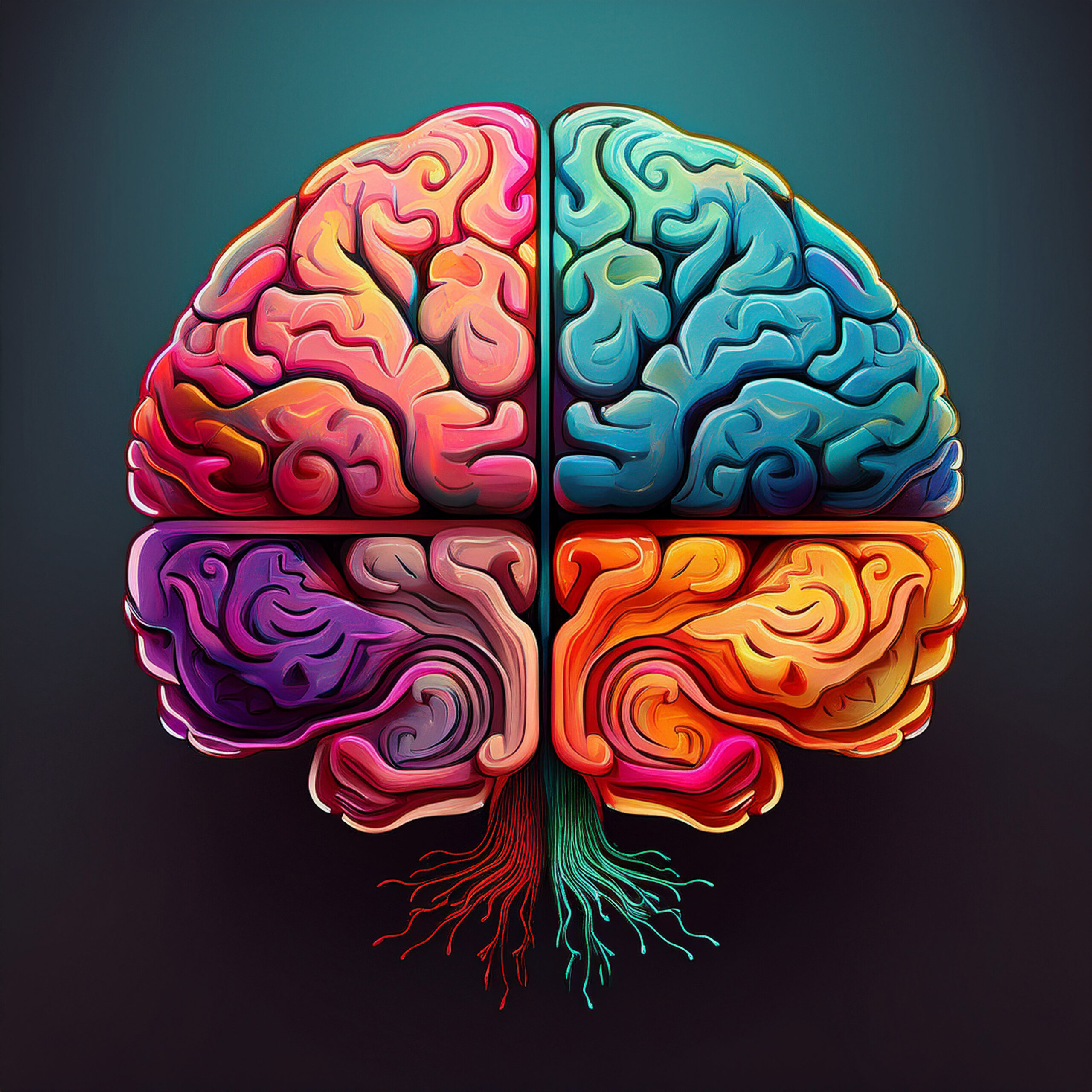When you talk to parents of autistic kids, you’ll often hear about those “windows” in early childhood where everything seems to shift. Suddenly, a child might start speaking, or become fascinated by spinning objects, or show a new way of connecting with people. Scientists call these times “critical periods.” For years, the story was pretty simple: the brain is extra flexible, and experiences during these moments shape who we become. But as with most things in neuroscience, the truth turns out to be a lot messier.
The Textbook Story and Why It’s Changing
For decades, textbooks told us that critical periods were like open doors that slam shut after a certain age. If you missed out on the right experiences, such as hearing language or seeing faces, your brain would wire itself differently, sometimes in ways that couldn’t be undone. This idea came from classic experiments, like the ones where kittens wore eye patches and ended up with vision problems. The thinking was that neural activity, especially from the senses, sculpted the brain at just the right time.
Recent studies are poking holes in this tidy narrative. For example, a 2023 review in Frontiers in Cellular Neuroscience points out that in some animal models of autism, the expected pruning of brain connections during these periods just doesn’t happen. Instead, the number of synapses, those tiny links between brain cells, keeps going up rather than down. That’s a big deal because it suggests the brain’s “editing” process is not as universal as we thought.
A Real-World Example
A friend of mine, whose daughter was diagnosed with autism at age three, remembers how speech therapy seemed to “click” only after her daughter turned four. Before that, nothing stuck. Afterward, it was like a switch flipped. “It was as if her brain just became ready,” she told me. This kind of story isn’t rare, and it lines up with new research showing that critical periods might not be the same for every child, or even every skill.
What’s Really Going On?
So what’s happening inside the brain? It turns out that critical periods are shaped by a tangle of factors, including genes, environment, nutrition, and even the immune system. Neural activity is still important, but it’s not the only player. In fact, a 2024 article in GEN described how blocking certain signals in young mice could prevent autism-like behaviors, but only if done during a specific window. “There are critical periods during which autism-relevant behaviors are developed, and that there appears to be divergent periods depending on the specific behavior,” said Dr. Peter Tsai, one of the researchers.
Other studies, like a review in SciELO, have found differences in brain plasticity markers such as BDNF and SHANK2 between autistic and non-autistic children. These differences might explain why some brains stay more “plastic” for longer, or why certain therapies work better at different ages.
Why Does This Matter for Neurodiversity?
For those of us who care about neurodiversity, this research is a game-changer. It suggests that there isn’t a single, rigid timeline for brain development. Instead, each brain might have its own schedule, with critical periods that open and close in unique ways. That means interventions should be flexible, too. Early support is valuable, but it’s never too late to make a difference.
Dr. Camilla Bellone from the University of Geneva put it well: “We learn through interaction with others. As young children with ASD are less oriented towards social cues very early on, they are less likely to develop the tools that enable them to navigate the social world and learn.” But that doesn’t mean learning stops. It just takes a different path.
Takeaways for Families and Advocates
- Critical periods are real, but they’re not the same for everyone.
- The brain’s wiring is shaped by more than just experience. Genes, nutrition, and other factors matter, too.
- Early intervention helps, but brains can change at many ages.
- Embracing neurodiversity means respecting different developmental timelines.
If there’s one lesson here, it’s that the brain is full of surprises. Maybe it’s time we stopped thinking of critical periods as ticking clocks. We can start seeing them as doors that open and close in their own time.
Citations
- Bellone, C. (2022, October 19). Autism: the neural origin of the social bound. University of Geneva. https://www.unige.ch/communication/communiques/en/2022/autism-the-neural-origin-of-the-social-bound
- Frontiers in Cellular Neuroscience. (2023). Impaired activity-dependent neural circuit assembly and refinement in autism spectrum disorder genetic models. https://www.frontiersin.org/articles/10.3389/fncel.2023.1222425/full
- GEN. (2024, February 1). Critical Time Window for Autism-Relevant Behavior Identified in Mice. https://www.genengnews.com/topics/neuroscience/critical-time-window-for-autism-relevant-behavior-identified-in-mice/
- SciELO. (2024). Neuroplasticity in autism spectrum disorder: a systematic review. https://www.scielo.br/j/rbp/a/mQd7JZCkW8gkQq3Z8h6y7pS/?lang=en










